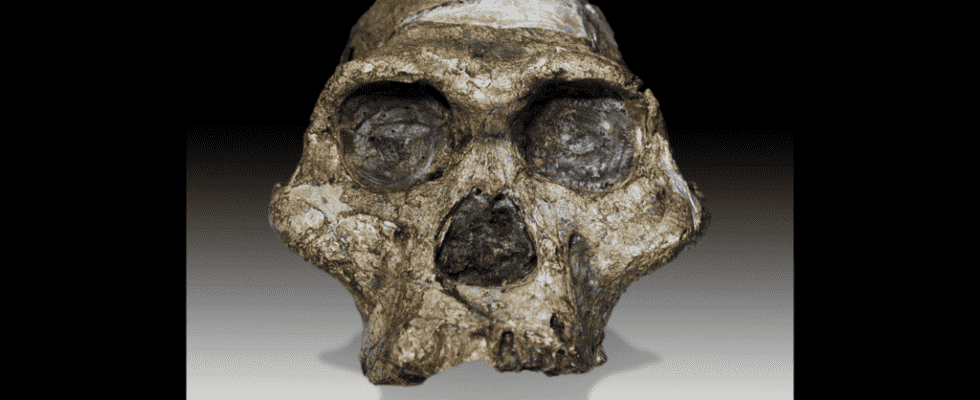Lucy, the Australopithecus fossil that helped locate the cradle of humanity in East Africa, had a cousin living in southern Africa. An analysis published Monday, June 27 in an American scientific journal confirms this.
Until then, it was Lucy, from the Australopithecus afarensis branch at 3.5 million years ago, who was the reference. Discovered in Ethiopia, it was nevertheless known to have South African cousins. At the Sterkfontein site, northwest of Johannesburg, several hundred Australopithecine fossils belonging to the Australopithecus africanus branch, including a certain “ Mrs. Ples discovered in 1947 had been dated between 2.1 and 2.6 million years ago.
Several paleontologists, including the French researcher Laurent Bruxelles, have nevertheless noted several inconsistencies. Starting with the chronology: their analysis reveals on the one hand an abnormal time difference with an Australopithecus, Little Footeven older than Mrs. Ples found in the same area. On the other hand, at the same time, Homo habilis, the first representative of the human race, was in the region, which seemed “weird” for the French geologist.
A continent-wide cradle of humanity
To overcome these inconsistencies, the researchers therefore used another dating method, replacing that of carbon 14. Mrs. Ples which, according to this analysis, would be 3.4 million years old and would be a contemporary cousin of Lucy.
If this hypothesis is not to the taste of all researchers, it comes, in any case, to question the location of the “cradle of humanity”: Southern Africa or South Africa? French researcher Laurent Bruxelles pleads for a pan-African vision of evolution.
►Also read: Death of French paleontologist Yves Coppens
